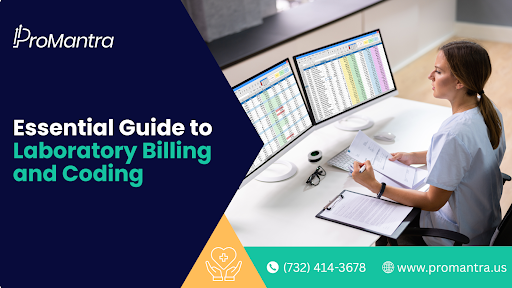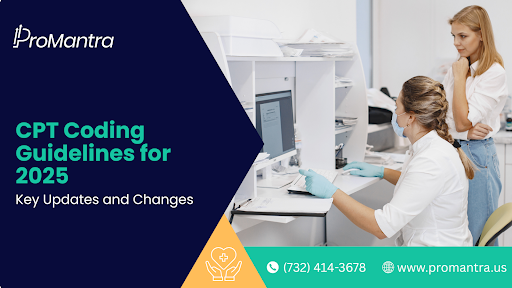Automating Prior Authorization:
A Comprehensive Guide
Prior authorization is a type of administrative process within the healthcare system that requires pre-approval from a health insurance provider before certain services or medications can be provided. This process helps to ensure that appropriate care is being taken and that the patient’s insurance plan will cover the cost of the service.
In order for a provider to receive payment, they must obtain prior authorization from the insurance company for any prescribed medication or procedure that is deemed medically necessary by the provider. The process of obtaining authorization includes submitting a prior authorization request form to the insurance company and providing any necessary supporting medical documentation. Once the request is submitted, the insurance company will review it and determine whether or not they will cover the cost of the requested service or medication.
Challenges with Manual Prior Authorization Processes
Manually handling prior authorizations poses several challenges for healthcare organizations:
- Time-consuming Process: Manually processing prior authorizations involves numerous administrative steps, such as filling out forms, collecting and submitting documentation, and following up with insurance companies. This consumes a significant amount of time for healthcare staff, leading to delays in patient care and treatment.
- Increased Administrative Burden: Manual handling of prior authorizations places a heavy administrative burden on healthcare providers and staff. They have to navigate complex authorization requirements, communicate with multiple parties involved, and ensure all necessary information is accurately documented and submitted.
- Error-prone: The manual nature of prior authorization processes makes them susceptible to human errors. Data entry mistakes, missed deadlines, and incomplete documentation can result in claim denials or delays in obtaining approvals, adversely impacting patient care and revenue cycles.
- Inefficiencies and Delays: Manual processes are prone to inefficiencies and delays due to factors such as paperwork, manual review and verification, and the need to manually follow up with insurance providers. This can lead to prolonged wait times for patients and increased frustrations for both patients and providers.
- Lack of Visibility and Tracking: Manual handling of prior authorizations often lacks transparency and tracking mechanisms. This can result in difficulty in keeping track of the status of authorization requests, leading to miscommunication and confusion among stakeholders.
- Compliance Risks: Manual handling increases the risk of non-compliance with ever-changing regulatory and payer guidelines. Staying up-to-date with these requirements and ensuring adherence becomes challenging and increases the likelihood of denials or audits.
Benefits of Automating Prior Authorization
Automating prior authorization processes has the below benefits:
- Improved Efficiency: Automation reduces the time and effort required for manual tasks, speeding up the prior authorization process. It eliminates paperwork, reduces manual data entry, and streamlines communication, resulting in quicker turnaround times.
- Cost Reduction: Automating prior authorization reduces administrative costs associated with manual processes. It eliminates the need for additional staffing, reduces errors, and minimizes claim denials, leading to cost savings for healthcare organizations.
- 3. Enhanced Accuracy: Automation eliminates the risk of human errors, such as data entry mistakes or missed deadlines. By ensuring accurate data extraction and decision-making, it increases the likelihood of successful prior authorization requests and reduces the need for rework or resubmissions.
- Improved Patient Care: Automation reduces administrative burdens and that further allows healthcare providers focus more on patient care and treatment plans, resulting in improved patient satisfaction and outcomes.
- Regulatory Compliance: Automation ensures adherence to regulatory and compliance requirements. It helps healthcare organizations stay up-to-date with the latest guidelines and reduces the risk of non-compliance, avoiding penalties and other legal complications.
- Data Analytics: Automation provides valuable data analytics and insights into the prior authorization process. This can help identify bottlenecks, trends, and areas for improvement, leading to better operational efficiency and better-informed decision-making.




